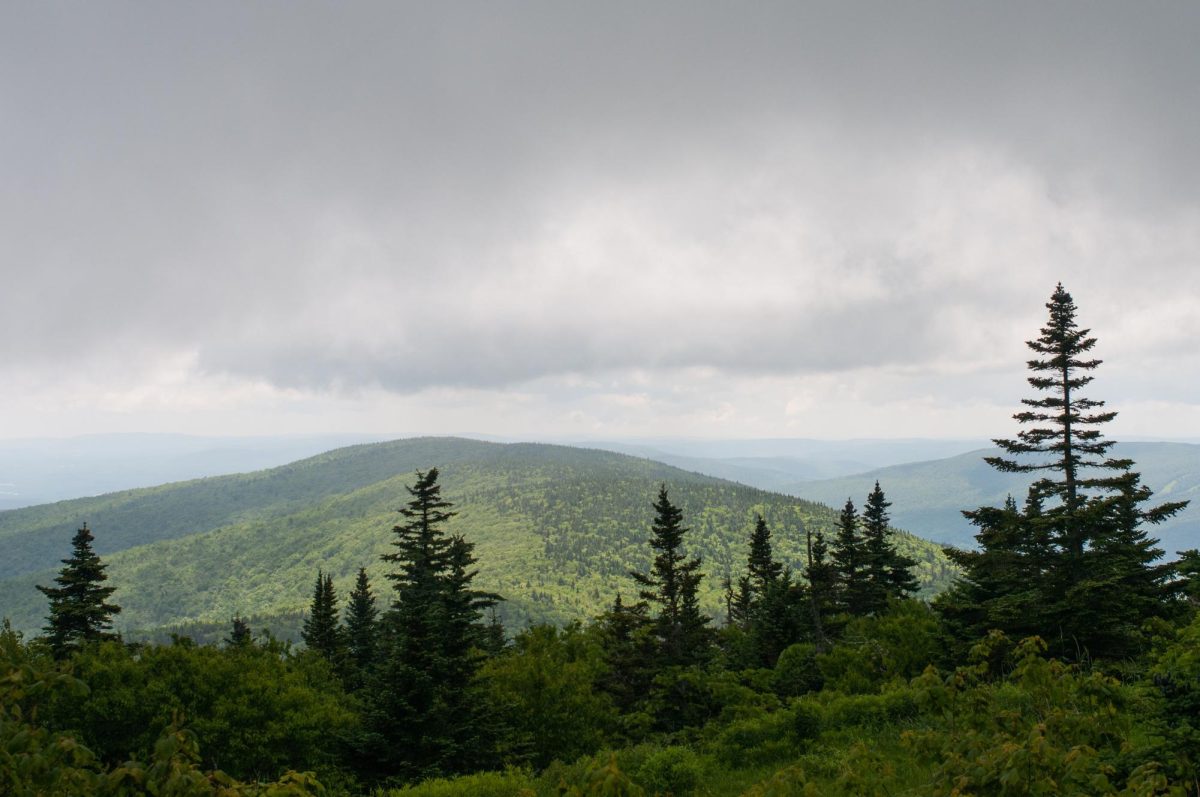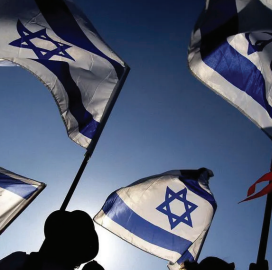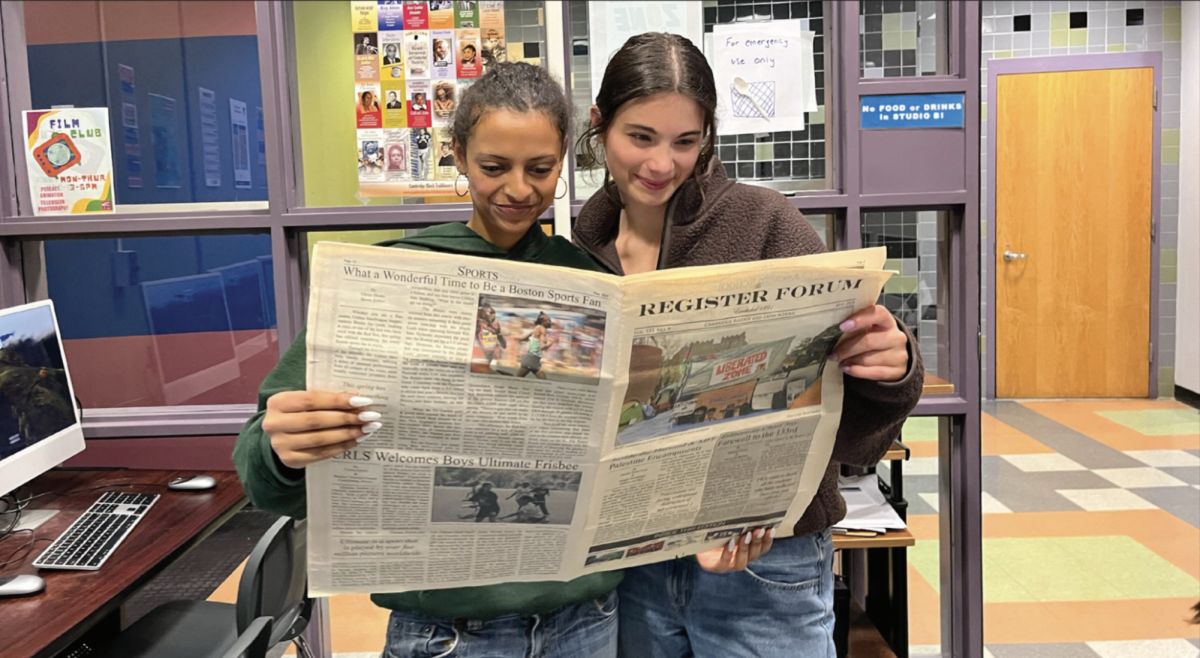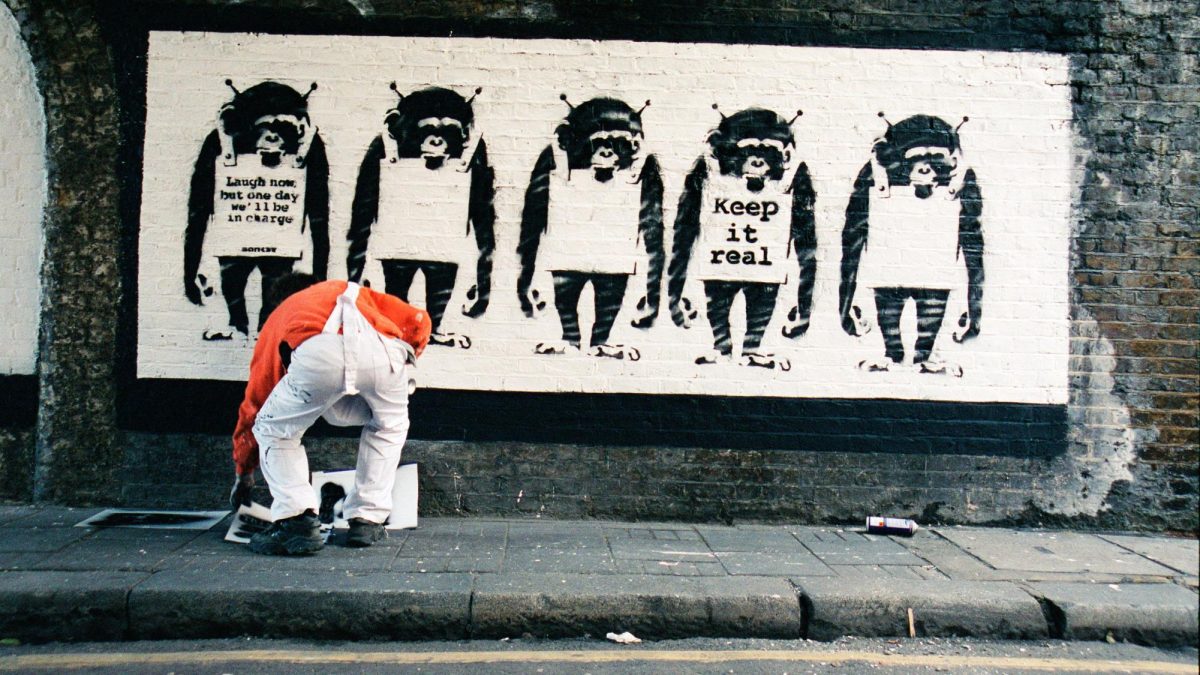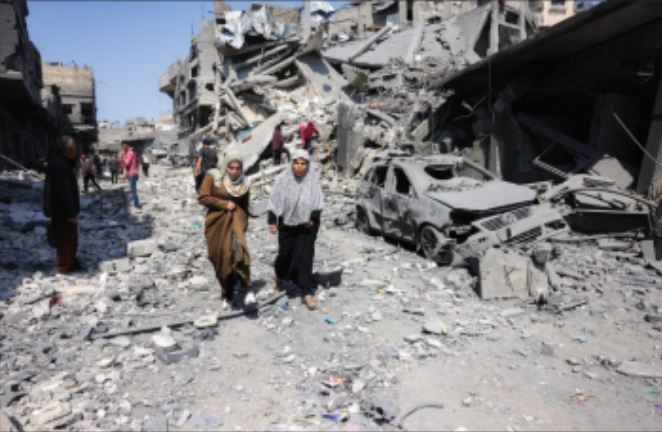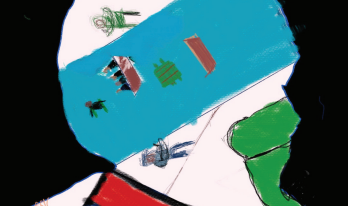
In honor of the Hmong New Year, I hope to share a bit about myself and my heritage as part of the Hmong community. The Hmong are a small ethnic group, with about twelve million people worldwide. Hmong culture has its own religion, foods, spoken language, and clothing.
What makes the Hmong New Year special is that it combines cultural features, such as ancestor worship, shamanism, and other rituals. Hmong food, music, and traditional clothing are all part of one community celebration that showcases the Hmong and its unique culture. Something unique about Hmong New Year compared to other new year celebrations is that it’s a time for family reunions, parties, and listening to Hmong songs and stories to help keep the true history alive. This is also a time to strengthen family relationships. My mom and dad still speak Hmong at home, practice the religion, and eat food similar to food back in Laos: Phở, Khao Niew, Hmong sausage, and khao pong. When celebrating the New Year, the colors we wear hold a special meaning. Bright colors like red, blue, and green represent happiness and protection. The patterns on our clothing reflect our connection to nature and our history. Jewelry is also important, it symbolizes our struggles and serves as a reminder of our fight for freedom. Hmongs have an art piece that represents hearts called Hmong pajntaub. The hearts represent nature in the architecture of the Hmong history.
Many Hmong people migrated to Laos, Vietnam, and Thailand with the hopes of escaping the Chinese war from 1790 to 1860, where countless Hmong were killed.While most of our population is based in China to this day, our culture and traditions are rich and diverse. I’m passionate about spreading awareness of who we are and our history. After the war, many Hmong people stayed in China to keep their attachment to the land and their ancestors.
The Hmong New Year is similar to the Chinese New Year. Hmong people celebrate the New Year around the same time every year, between late November and early December. During this time, we wear traditional clothes that represent our identity and clan. The Hmong are known for their colorful and vibrant clothes. Hmong clothing is made out of cotton or hand embroidered. The Hmong clothing design has geometric shapes, flowers, or some types of abstractions that are combined with silver jewelry; a lot of Hmong clothing has coins hanging to represent wealth.
The Hmong New Year is similar to the Chinese New Year. Hmong people celebrate the New Year around the same time every year, between late November and early December. During this time, we wear traditional clothes that represent our identity and clan. The Hmong are known for their colorful and vibrant clothes. Hmong clothing is made out of cotton or hand embroidered. The Hmong clothing design has geometric shapes, flowers, or some types of abstractions that are combined with silver jewelry; a lot of Hmong clothing has coins hanging to represent wealth.
Today, the Hmong, while a minority, continue to spread their culture. They value spiritual beliefs, worshiping their ancestors, and shamans. Despite living through such a violent history, Hmong shamans embody the opposite: we practice spiritual healing to restore balance, harmony, and peace.
This article also appears in our November 2024 print edition.

